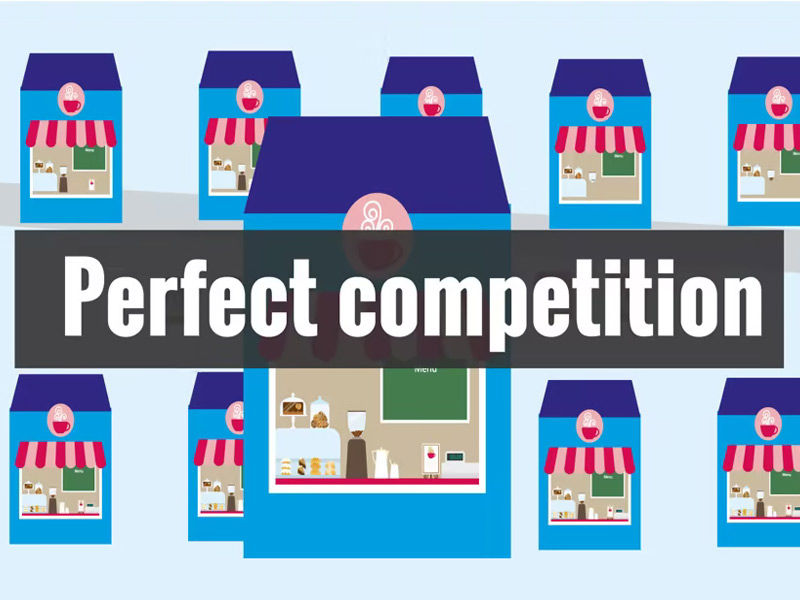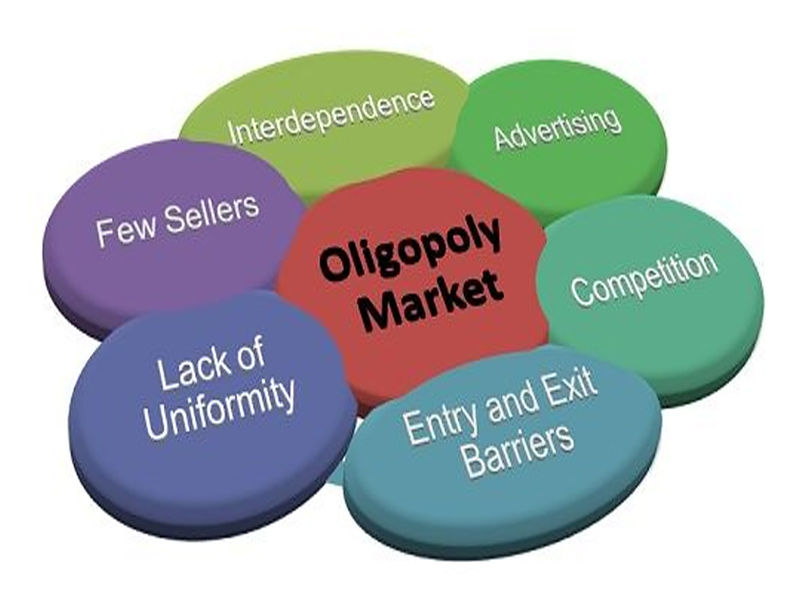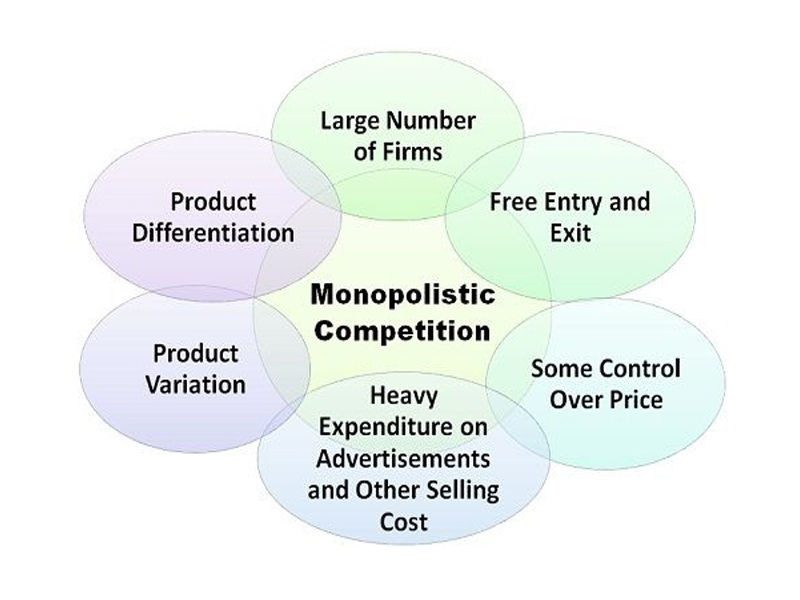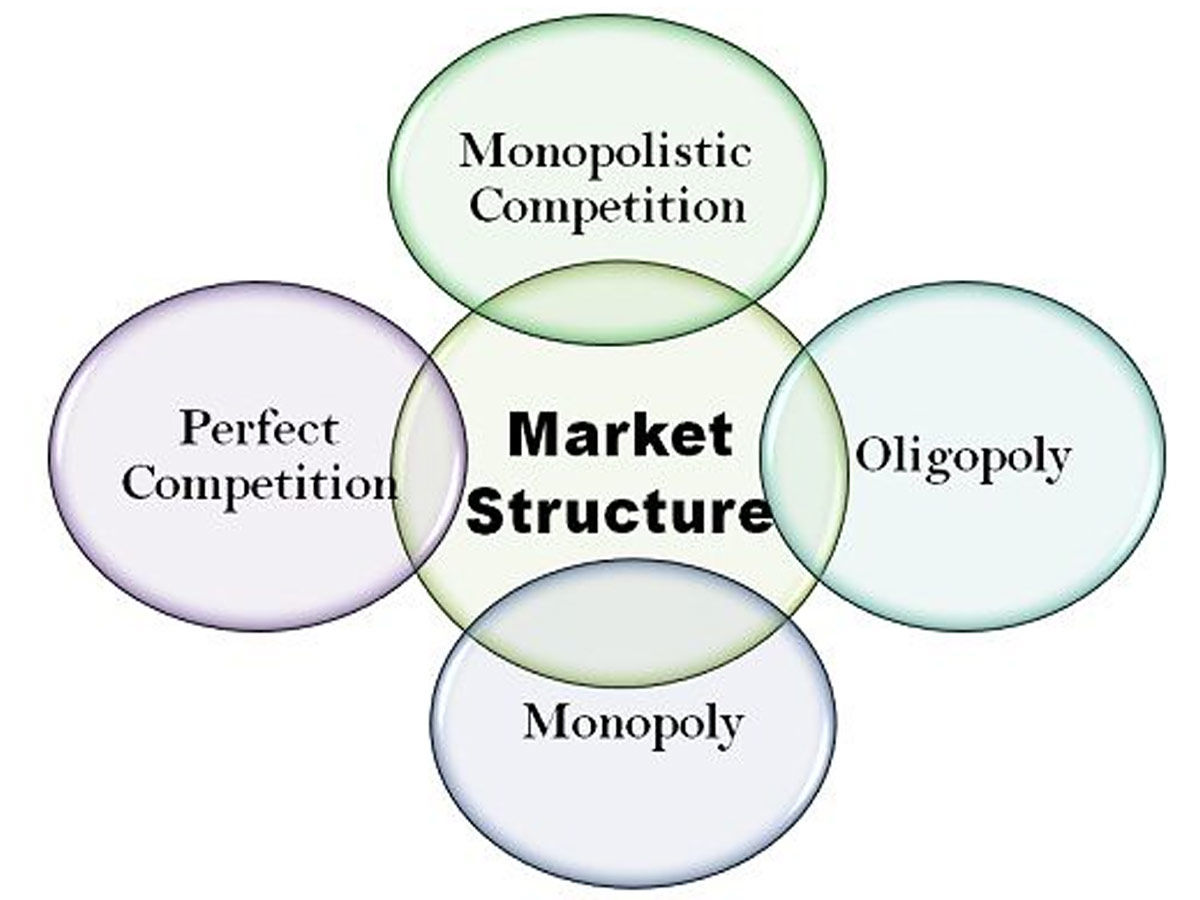The basic definition of a market is that ‘it is a place to buy and sell things. It is a hub for commercial activities where transactions of currency or assets take place in exchange for goods or products.
But this is a generalized definition for a market. There are different types of the market based on what is being sold and purchased there. For instance, a fish market, a vegetable market, a footwear market, etc. These are all the categorizations made based on the products being sold and purchased.
When looking at the markets from an economic perspective, there’s a different way of categorizing the market structures.
What are Market Structures
Market structures mainly refer to the degree of competition in the market. The nature of goods, the number of transactions, the number of sellers, the scale of the economies, and the nature of the product are some of the criteria that play an instrumental role in the characterization of the economy.
There are four basic market structures that we need to understand to better understand different markets.
Monopoly:

Monopoly is a self-explanatory word, and so is the market structure. It is a type of market where one seller enjoys authority over everyone else and controls the entire market. In such cases, the seller can manipulate the prices or the quantity of the good as per his/her wish. In Monopoly structures, customers don’t have any alternative. They are forced to buy the goods at a price set by the seller. In a monopoly, the consumer is left powerless while the seller enjoys complete power. This is why monopolies are undesirable and not lucrative at all. While the world is moving away from such a structure, such structures still exist in some places.
Also Read, What are the various types of Marketing?
Perfect Competition:

Perfect competition is the exact opposite of Monopoly. It is a structure that provides equal power to the consumers and the sellers. This is why such a structure is always desirable. Perfect competition is where there are a lot of small sellers competing with each other. In such a structure, there is no chance of a big seller influencing the entire market. Certain assumptions can be used to claim that Perfect Competition is a theoretical concept.
- All the firms aim at maximizing profit.
- The products in the market are homogenous.
- Free Entry and Exit from the market.
Oligopoly:

An oligopoly is a market structure where there are a certain number of sellers in the market. While there is no certain norm about how many sellers an Oligopoly structure can have, they are always lesser than the number of consumers. There are two scenarios in such a market structure. The sellers either compete with each other or form an association or collaboration to influence the market and set fixed prices to maximize the profit. However, it is difficult for new sellers to enter such a market structure.
Monopolistic Competition:

Monopolistic Competition structure exists in reality, and hence it is considered as a more realistic market structure. As the name suggests, Monopolistic Competition can be seen as a combination of Monopoly and Perfect Competition. In such a market structure, there are a large number of sellers and buyers. However, all the sellers do not agree on selling homogenous products. While the products can be similar, they are slightly different, offering the sellers a variety. This allows the consumers to choose the product of their liking from a diverse stock. This also allows individual sellers to gain influence over other sellers and set prices a little higher than others.

























